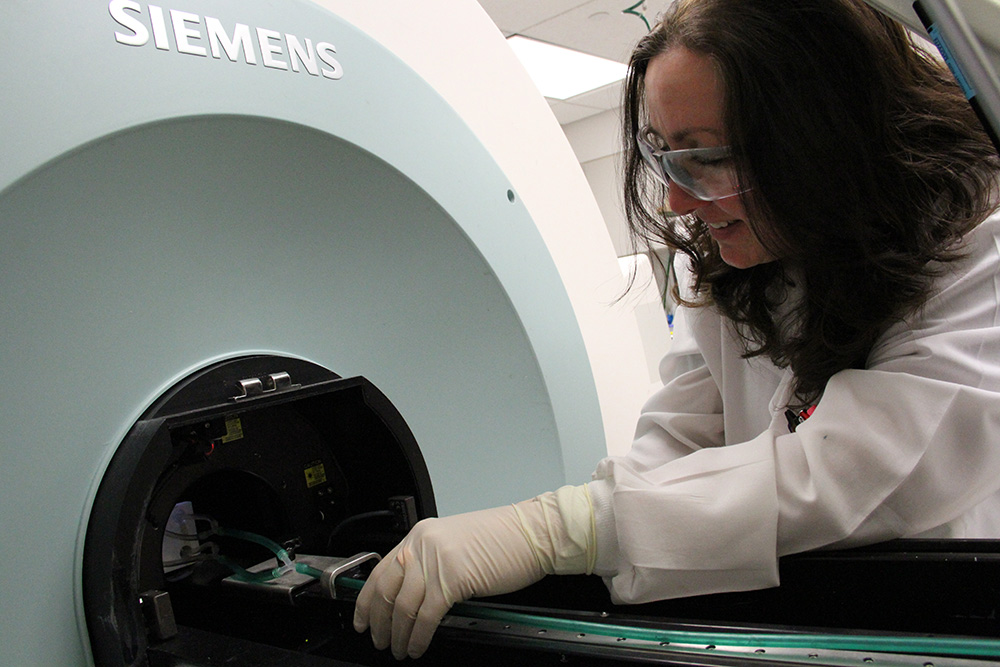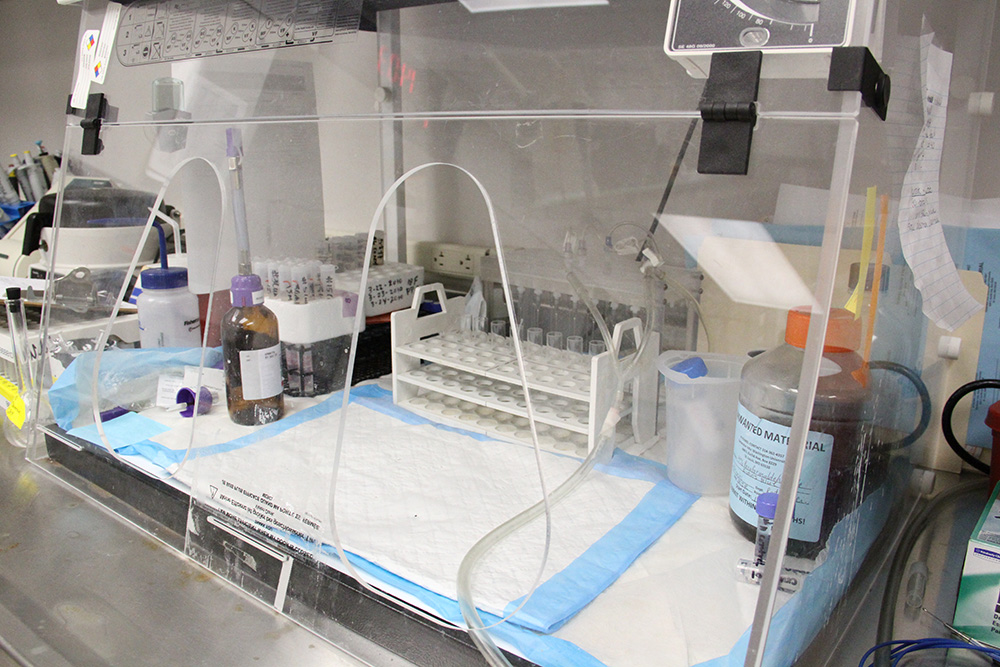Core Resources
Preclinical Imaging Facility
The Preclinical Imaging Facility has been collaborating with School of Medicine investigators for over two decades, performing qualitative and quantitative preclinical imaging PET and CT in a broad range of domains, including cardiovascular, manifestations of metabolic syndrome, pulmonary, oncologic, neuro and skeletal imaging.

Services & Equipment
Our biosafety level 2 (BSL2) state-of-the-art core facility offers capabilities for in vivo small and large animal imaging studies, providing investigators the tools and expertise to gather reliable and reproducible data in support of translational imaging and theranostic strategies.
FAQ
Helpful and important information about what we do and the services we offer.

Director
Kooresh I. Shoghi, PhD
Professor of Radiology



